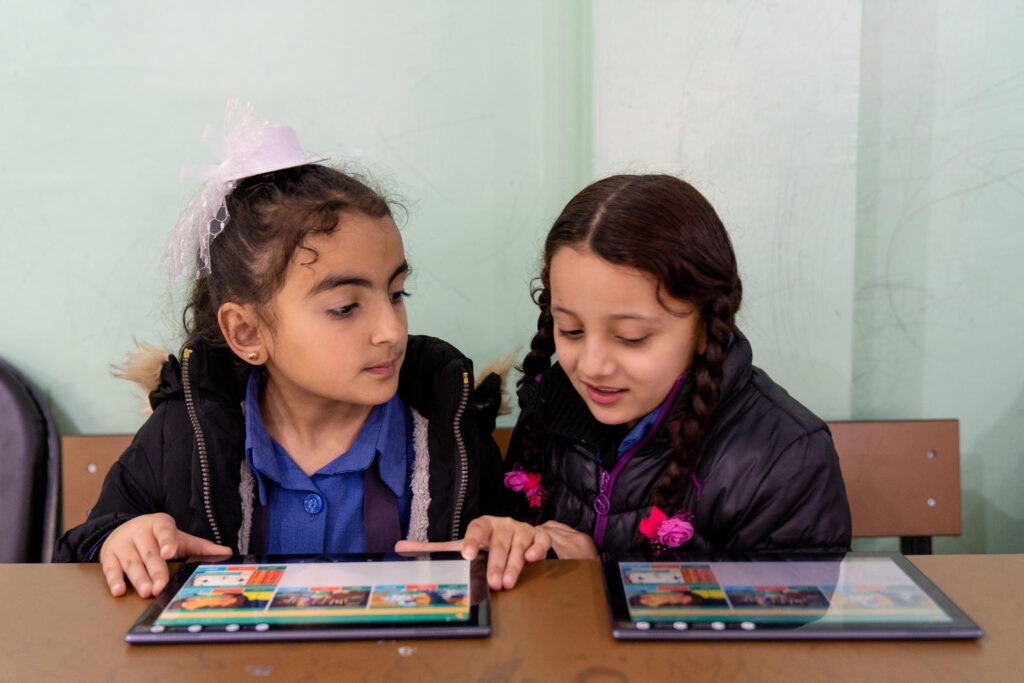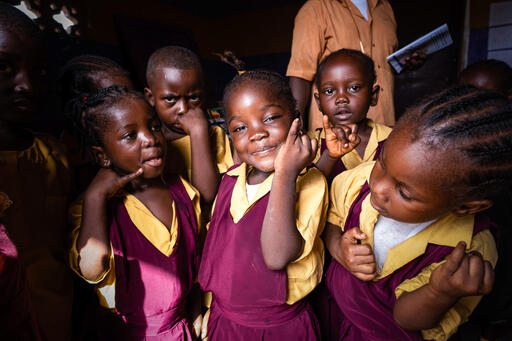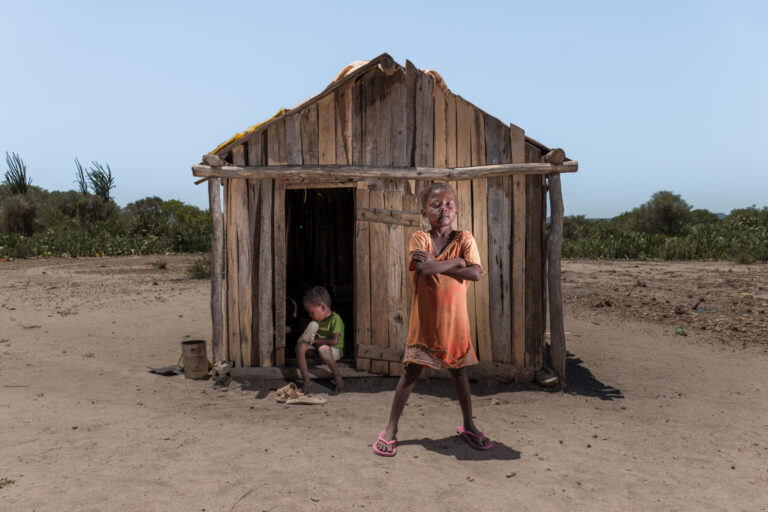This post is the first in a series of articles focused on helping children continue to learn at home during the COVID-19 global pandemic, emphasizing the need for multiple remote learning platforms to meet the needs of all students.
While some countries are now moving to reopen schools, nearly 1.3 billion children are still out of school and dependent on remote learning, due to nationwide shutdowns. As national educational systems strive to meet this challenge, Multiple Indicator Cluster Survey (MICS) data offer some important insights into how we can ensure every child has an equal opportunity to learn remotely.
Among other key insights, the MICS data highlights that many children and youth still do not have internet access at home, and household wealth is the biggest determinant of home internet access.
This underscores the importance of providing different learning tools, at the same time as we accelerate access to the internet for every school and every child, including through UNICEF’s GIGA initiative. IT-enabled learning will be a critical part of the remote learning toolbox, including offline options. UNICEF will continue to advocate for innovative solutions to provide connectivity for every school and every student. Meanwhile, governments must also continue to invest in other distance learning technologies, such as the use of television and radio broadcasts, and ‘take-home’ printed materials, in order to reach all school-age students. This has been summarized in UNICEF’s Remote Learning COVID-19 Response Decision Tree.
Providing the world’s disadvantaged and marginalized children with equitable access to learning opportunities is foundational to creating a sustainable future and must be a priority for the global education sector.
Many of the world’s children do not have internet access at home

There are wide disparities in wealth and corresponding differences in access to digital technology, both between and within countries. Globally, many schools lack the resources to invest in digital learning, and many children from poorer households do not have internet access.
MICS6 data show that in countries like Bangladesh, Lesotho, Madagascar, Mongolia, Pakistan (Punjab), Sierra Leone, Togo, Tunisia, and Zimbabwe, more than half of children aged between 5-17 who are attending school do not have internet access at home.
In Democratic Republic of Congo and Lao PDR, fewer than two per cent of children attending school have internet access at home. Of the 18 countries examined, only Georgia, Kyrgyzstan, and Montenegro had internet access in more than 70 per cent of households.
Household wealth is the biggest determinant of internet access
Household wealth and internet access are strongly linked. Students from the richest 20 per cent of households are the most likely to be able to continue learning via the internet. In some countries, internet access among the poorest 20 per cent of households is almost non-existent.
Countries with low levels of internet access overall also have the highest levels of inequality of internet access between rich and poor. In Madagascar, Togo and Sierra Leone, less than 30 per cent of the population has internet access, and this access is distributed unequally across wealth levels. In all the three countries, the wealthiest 20 per cent of households comprise more than 60 percent of those with internet access.
These data illustrate why, in the short term, the internet alone is not enough to ensure inclusive, equitable education, particularly in countries that were already experiencing a learning crisis before the COVID-19 pandemic.
It is essential that education sector responses be carefully designed to meet the learning needs of poor and disadvantaged children, so this crisis doesn’t leave them even further behind.
The link between internet learning solutions and reading skills
A key insight provided by MICS6 data is that children with internet access at home also have substantially higher foundational reading skills.
Well-designed digital learning platforms have the potential to provide interactive and engaging remote education, which could greatly benefit disadvantaged students, if they had access. This again shows why investment in connectivity in disadvantaged areas must be a priority.
Information like this can help education stakeholders in all countries develop strategies and solutions targeted at helping children from poor households continue to learn in today’s challenging environment.
Strategies for successful remote learning: internet, television, radio and ‘take-home’ printed materials
Governments, schools and teachers around the world are looking for the best immediate solutions to provide remote learning opportunities during school closures. Afghanistan is broadcasting programmes that cover the national curriculum via television and radio. Argentina, Iran, Morocco and Viet Nam have all adopted hybrid approaches that rely on a mix of online learning for those who have internet access, and educational programming offered via television or radio for those who do not. Some countries are also delivering printed learning materials to households to reach those children who do not have access to the internet, television or radio. In the long run, the global education community needs to develop and implement comprehensive remote learning plans and modalities, including accessible digital and media content, to provide quality learning during pandemics and other crises.
The consequences of the COVID-19 pandemic have only begun to manifest and will persist long after social isolation has ended. Remote learning programmes, using various modalities, should be designed to meet the needs of all children and ensure that existing learning gaps are not further widened. Providing the world’s disadvantaged and marginalized children with equitable access to learning opportunities is critical to creating a sustainable future and must be a priority for the global education sector.
We can overcome the digital divide by accelerating access and finding the most innovative ways to provide online learning. And we can leverage this crisis to help bring about that change even more quickly. We must work together to seize the moment, so that education systems are stronger and more inclusive after this pandemic.




